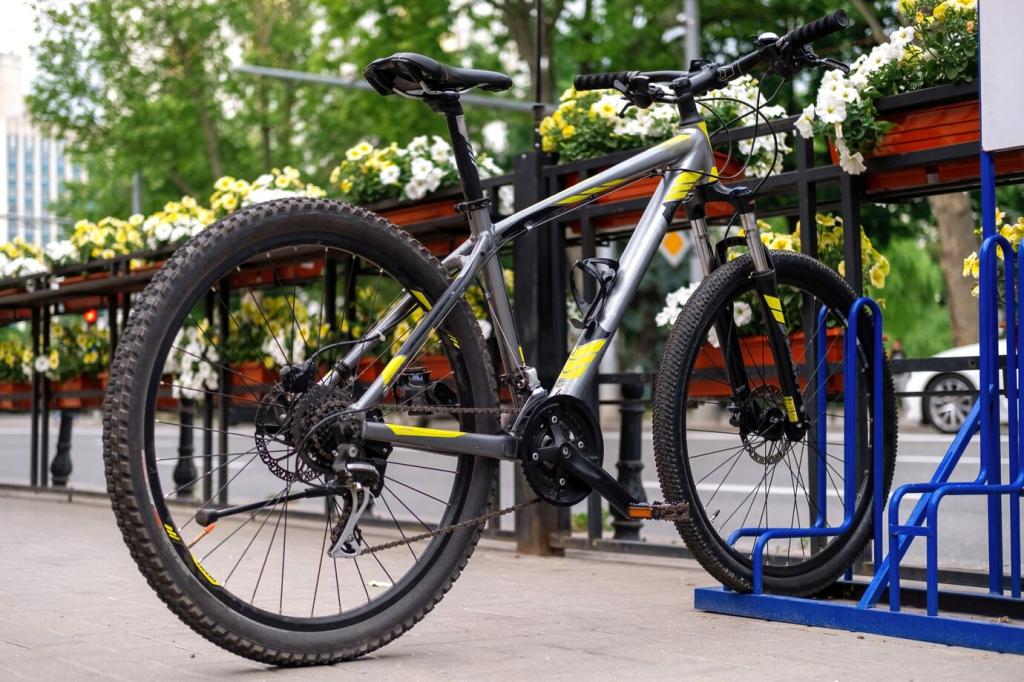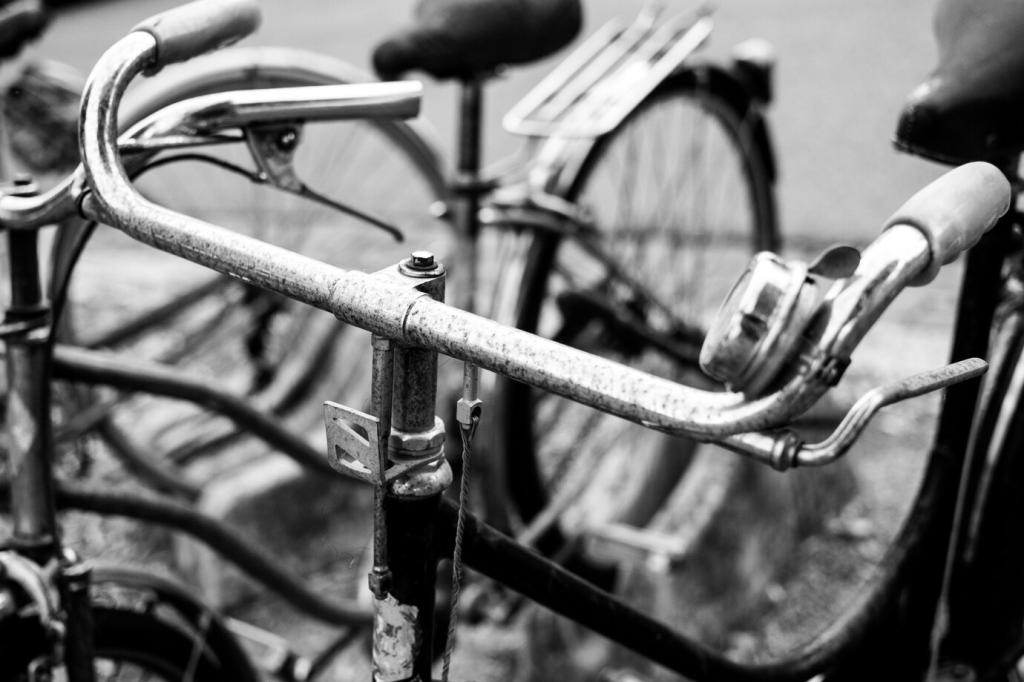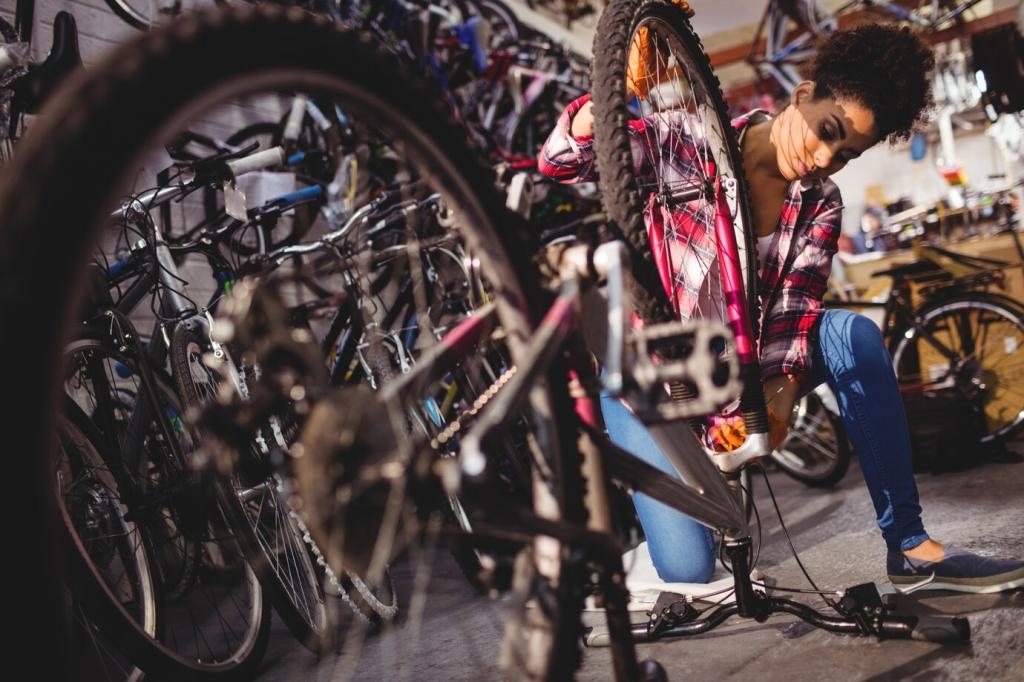
Speed Differences: Mountain Bikes vs Road Bikes — What Really Makes You Faster
Chosen theme: Speed Differences: Mountain Bikes vs Road Bikes. Dive into the real factors behind speed, from tires and aerodynamics to terrain and technique, and discover where each bike truly shines. Share your experiences and subscribe for more speed-smart insights.
The Physics of Speed: Friction, Drag, and Mass
Rolling resistance explained in the real world
Knobby, wider mountain bike tires deform more and scrub energy, especially on smooth tarmac, while narrow slick road tires minimize contact deformation. On rough terrain, lower pressure on mountain bikes reduces vibration losses and can even narrow the speed gap.
Aerodynamics and the cost of wind
Upright mountain bike posture and wide handlebars increase frontal area, amplifying drag at higher speeds. Road bikes place you lower with narrower bars, improving airflow. Above 25 kilometers per hour, air resistance dominates and the road bike gains a clear advantage.
Weight, gradients, and acceleration
A lighter road bike accelerates briskly and climbs with less effort, which compounds over long hills. On descents and flats, mass matters less than drag and rolling losses. Comment with your biggest climb time difference between your bikes and tell us why.
Tires and Pressure: The Contact Patch That Sets the Pace
Road slicks roll quietly and quickly on pavement because they reduce micro-squirm. Aggressive mountain tread shines on loose gravel or roots, where mechanical grip preserves momentum by preventing slips. Choose tread for the surface you ride most often.


Tires and Pressure: The Contact Patch That Sets the Pace
Higher pressure helps on smooth asphalt by shrinking deformation, but too high on rough surfaces increases energy lost to vibration. Mountain bikes with lower pressure glide over chatter, while road bikes need careful pressure balancing to avoid harshness that slows you down.
Gearing and Drivetrain Efficiency: Turning Power into Speed
Road bikes typically run larger chainrings and tighter cassettes, enabling steady cadence at high speeds. Mountain bikes favor wide ranges for steep climbs, which can limit sprint speed on flats without swapping chainrings. Pick ratios to match your terrain and goals.

Frames, Geometry, and Rider Position: Comfort Versus Aero
Wide mountain handlebars enhance leverage and steering precision on technical trails but increase frontal area on windy roads. Narrower road bars improve aerodynamics while maintaining stable handling at high speed. Fit adjustments often unlock free speed without new parts.
Frames, Geometry, and Rider Position: Comfort Versus Aero
Slacker mountain geometry boosts confidence on rough descents, letting you maintain momentum safely. Steeper road geometry quickens steering for swift line changes on smooth surfaces. The faster you go, the more stable positioning matters for predictable control.



Real-World Route Test: Mixed Terrain Comparison
Through lights and crosswalks, the road bike leapt forward faster between stops, but the mountain bike floated over potholes without flinching. The difference narrowed when the city asphalt turned patchy after overnight construction.
Descending and Braking: Confidence That Converts to Speed
Traction and cornering dynamics
Mountain bikes corner securely on loose surfaces due to larger contact patches and suspension support. On clean tarmac, the road bike carves with surgical precision. Knowing tire limits lets you carry speed safely through every bend.
Brake systems and modulation
Modern disc brakes on both platforms deliver powerful, predictable stopping. Heat buildup and modulation feel can vary by rotor size and pad compound. Smooth, early braking preserves momentum better than late, harsh grabs on any descent.
Vision, lines, and trust in equipment
Look through the corner, relax your grip, and commit to a clean line. Confidence in tires and setup unlocks speed without added risk. Subscribe for future breakdowns on cornering drills you can practice safely this week.
Training and Tactics: Making Either Bike Faster
Hold a sustainable cadence and meter your effort on climbs to avoid spikes that punish later segments. Smooth power keeps traction on dirt and maximizes speed on asphalt. Share your preferred training session for building steady endurance.
Training and Tactics: Making Either Bike Faster
On open roads, drafting cuts aerodynamic cost dramatically, favoring the road bike. On trails, micro drafting is rare, so choose sheltered lines and minimize sudden accelerations. Learn local wind patterns to plan faster loops year round.

Join our mailing list
